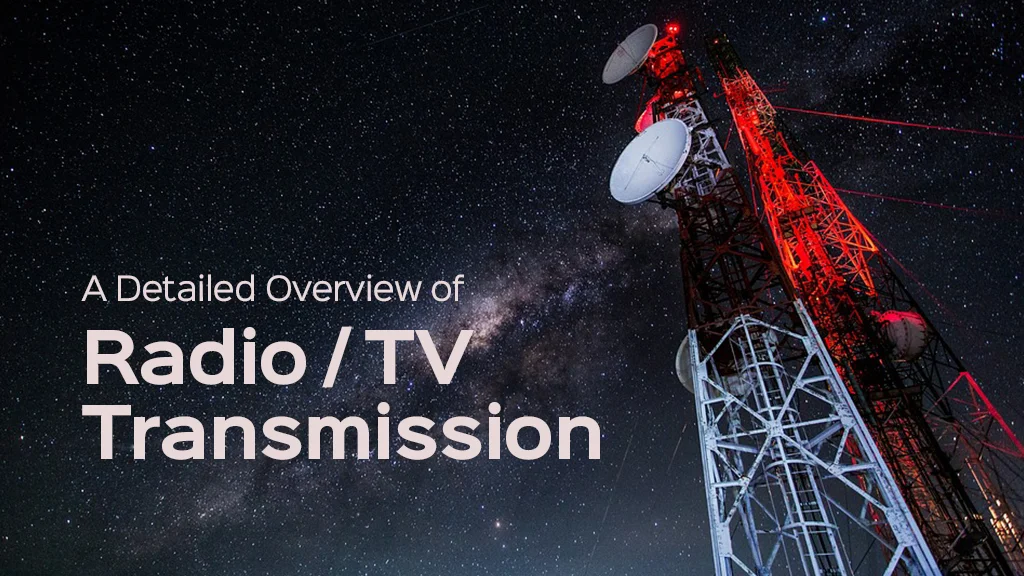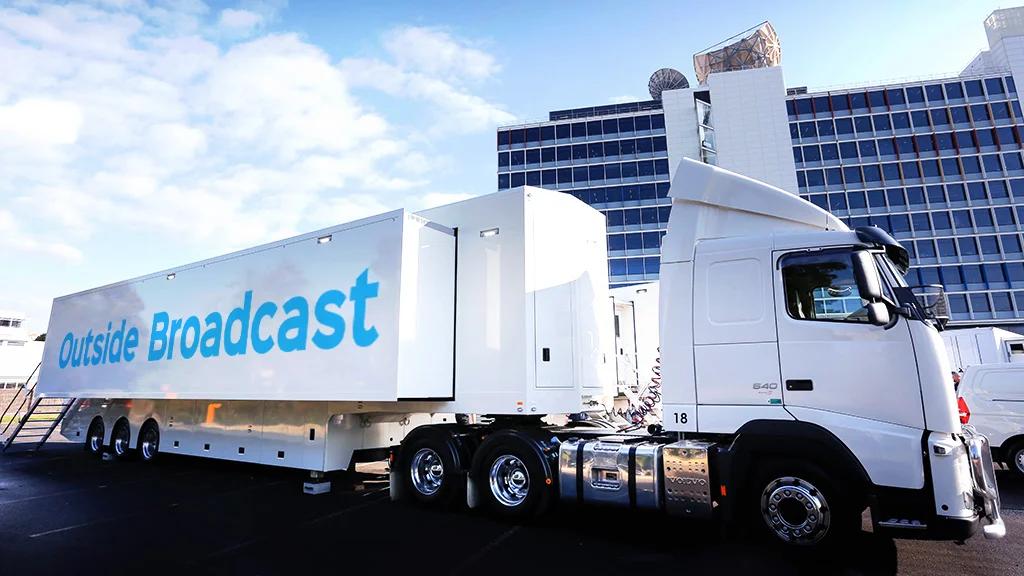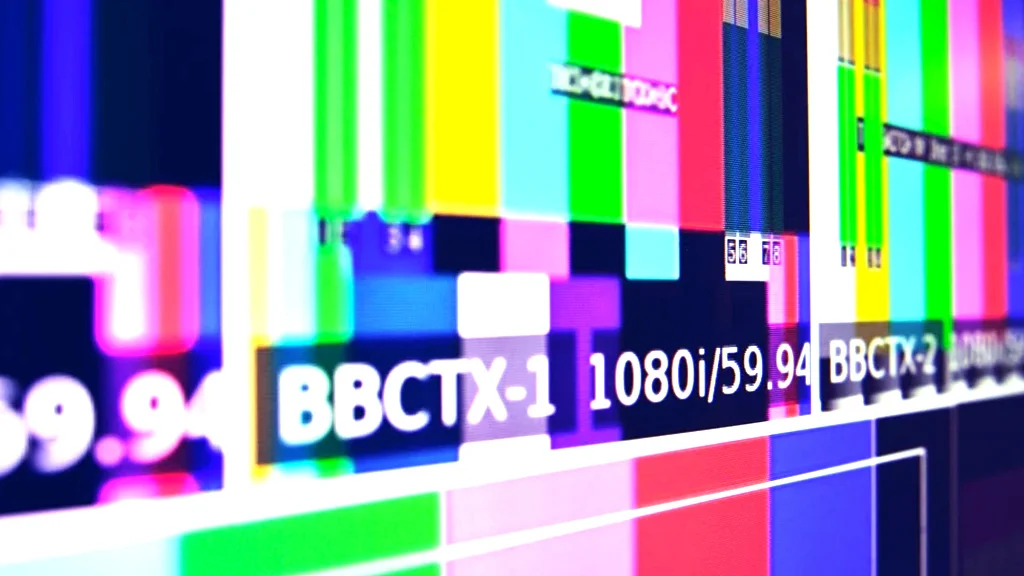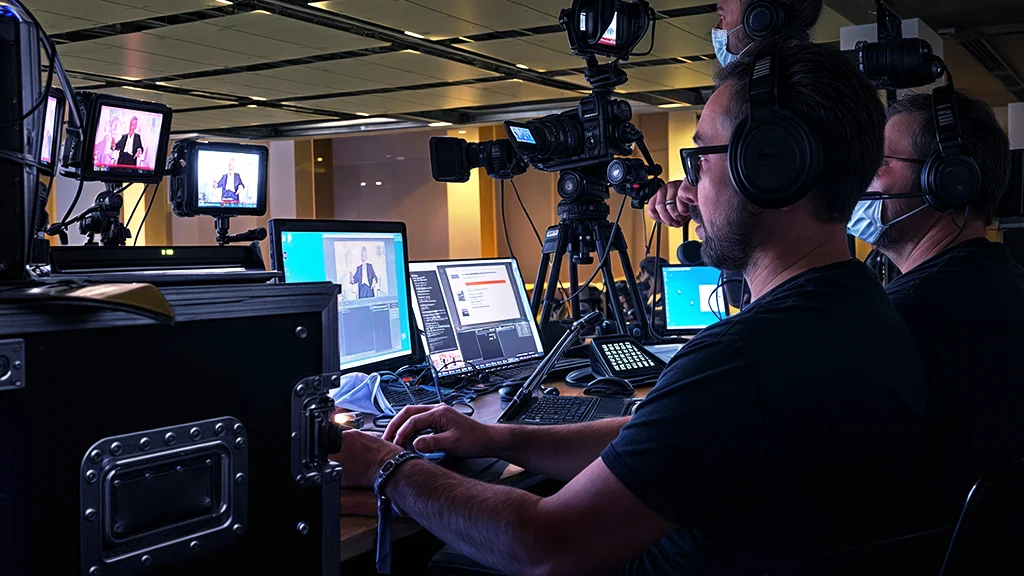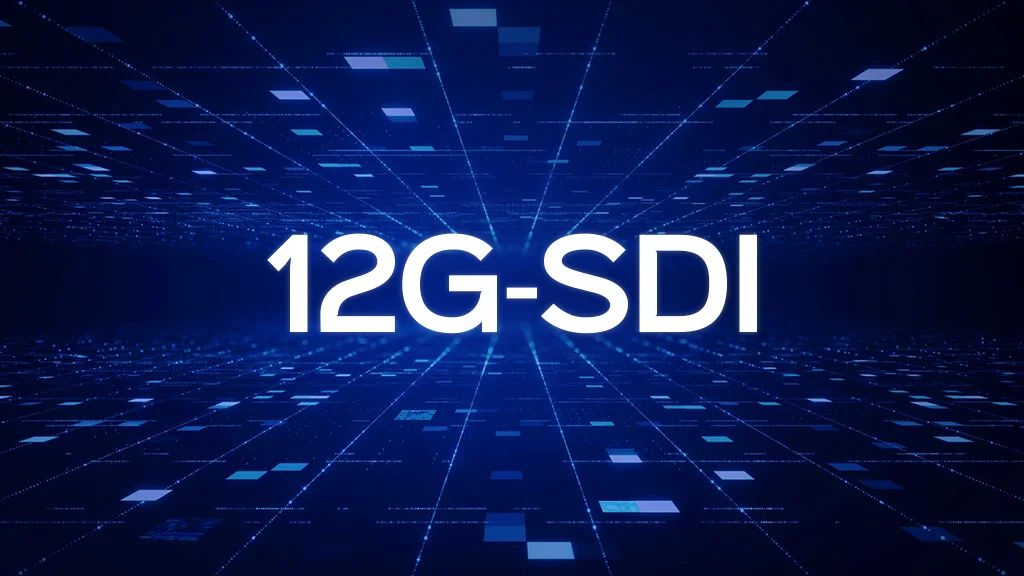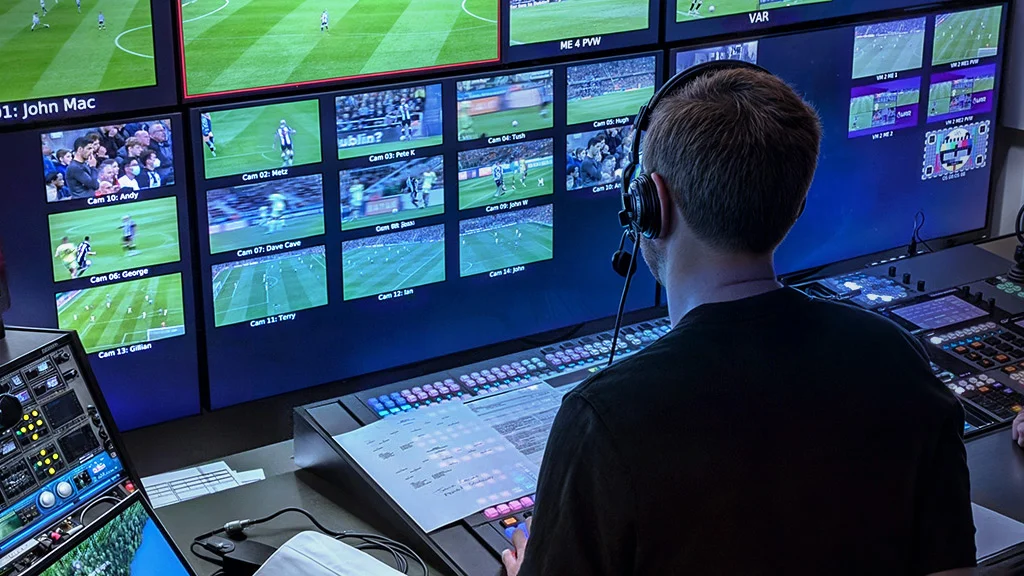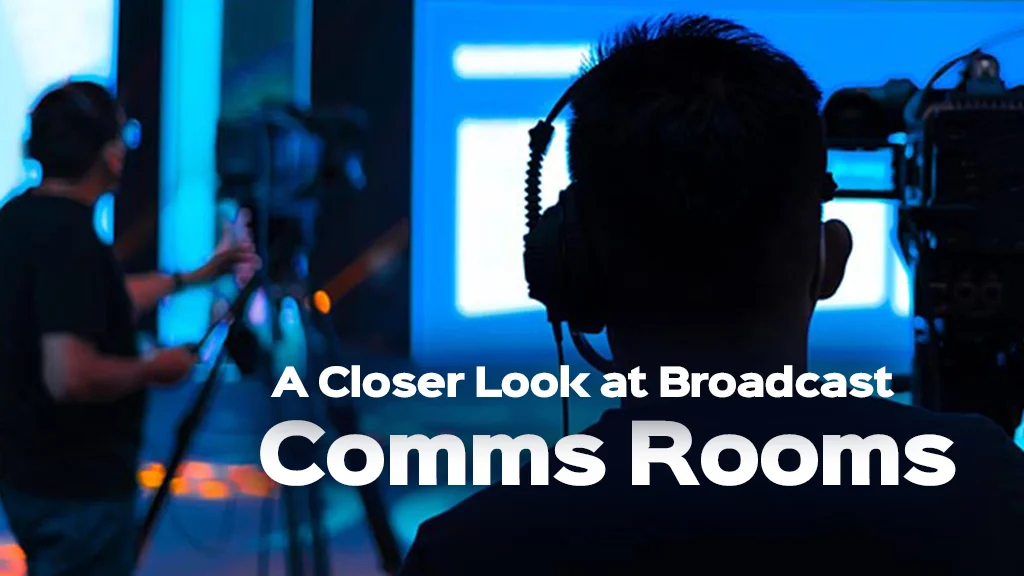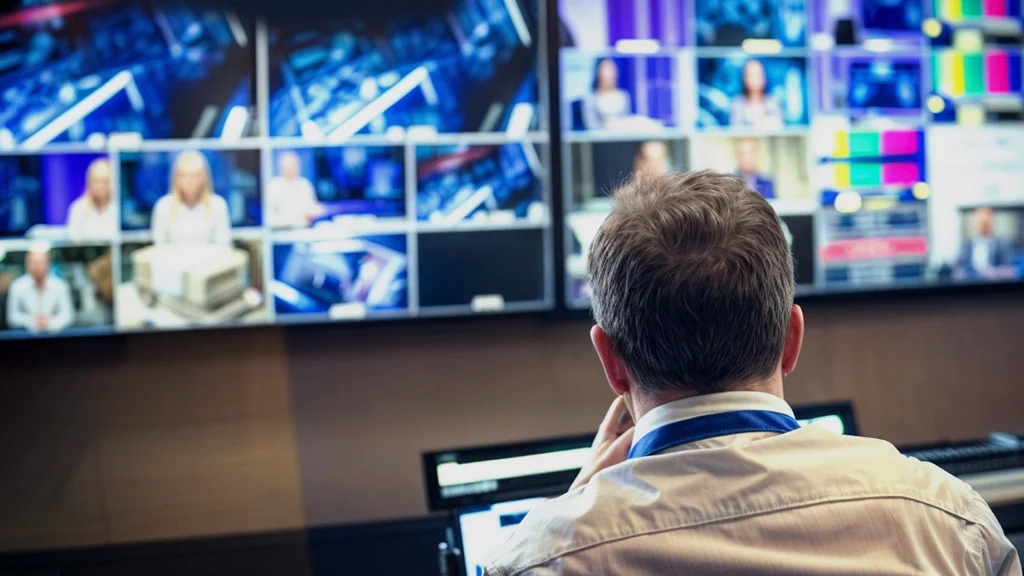
- Article
- Academy
Transmission Control Room in Modern Broadcast Operation
The Transmission Control Room (TCR) serves as a vital component in the modern broadcasting landscape, acting as the central hub for managing the flow of audio and video signals. As audiences increasingly consume content across various platforms—ranging from traditional television and radio to online streaming services—the role of the TCR has evolved to meet these diverse demands. It is responsible for ensuring that broadcasts are seamless, high-quality, and compliant with industry standards. The TCR integrates advanced technologies and skilled personnel to monitor, control, and optimize the transmission process, making it essential for delivering an uninterrupted viewing experience.
Defining the Transmission Control Room (TCR) in the broadcast industry
The Transmission Control Room (TCR) is a specialized facility responsible for overseeing and managing the distribution of broadcast signals. It functions as the central hub where different broadcasting operations converge to ensure that audio and video content is transmitted efficiently and effectively to various platforms, including traditional television, radio, and online streaming services. The primary functions of the TCR include:
Signal Monitoring: Continuously assessing the quality of audio and video signals to ensure they meet industry standards.
Signal Routing and Switching: Managing the flow of signals from various sources, including live feeds, pre-recorded content, and satellite links to the appropriate outputs.
Real-Time Management: Quickly addressing technical issues that arise during broadcasts to maintain continuity and quality.
The TCR is crucial for maintaining the integrity of broadcast operations, enabling broadcasters to deliver high-quality content reliably and efficiently across diverse platforms. Its role is increasingly important in today’s fast-paced media environment, where audience expectations for seamless and high-quality viewing experiences are higher than ever.
It is important to know that Transmission Control Room (TCR), Master Control Room (MCR) and Production Control Room (PCR) are all essential areas in television broadcasting, each serving distinct purposes.
The TCR is responsible for managing the transmission of the broadcast signal. This includes monitoring and controlling the quality of the transmission, ensuring that the signal is being sent out to viewers properly, and troubleshooting any technical issues that may arise during transmission.
The MCR or master control room is responsible for managing all aspects of a television broadcast. This can include switching between different sources of content and ensuring that all programming runs smoothly according to schedule. The MCR also monitors incoming feeds from remote locations and coordinates with production teams to ensure a seamless broadcast.
On the other hand, the Production Control Room focuses on managing all aspects of live production. This includes switching between different camera feeds during live broadcasts or events, mixing audio sources for a balanced sound output during live shows or events, adding graphics or visual effects in real-time during broadcasts, and coordinating with directors and producers to ensure smooth execution of live productions. In summary:
– The TCR focuses on transmission management.
– The MCR oversees overall broadcast management.
– The Production Control Room handles live production activities such as switching camera feeds and mixing audio sources during live broadcasts or events.
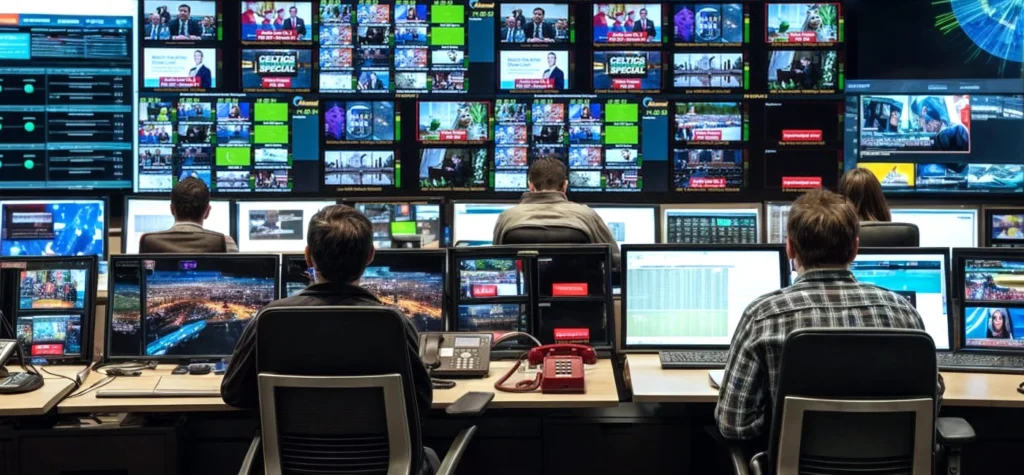
Managing broadcast signal flow across different platforms
Managing broadcast signal flow across different platforms is essential in today’s multi-channel environment. The TCR broadcast ensures that audio and video content is delivered seamlessly to traditional television, radio, online streaming services, and etc. Key considerations in this process include:
- Signal Integrity: Maintaining high-quality transmission to preserve audio and video fidelity.
- Latency Management: Addressing potential delays to enhance viewer experience, especially for live broadcasts.
- Format Compatibility: Converting content into formats suitable for varied platforms while preserving quality.
To achieve effective signal flow management, TCRs utilize advanced routing, monitoring systems, and automation tools to streamline operations across platforms.
Components of TCRS
A well-functioning TCR comprises several key components that work together to ensure smooth broadcasting operations:
Monitoring Equipment: Includes video monitors, audio monitors, and signal analyzers to assess quality.
Routing and Switching Systems: Manages the flow of signals from multiple sources to outputs.
Control Interfaces: Allows operators to manage audio and video feeds effectively.
Communication Systems: Facilitates real-time communication among team members.
Automation Systems: Automates scheduling and playback of content, reducing manual errors.
Signal Processing Equipment: Ensures signals are properly encoded and adjusted.
Networking Equipment: Manages data traffic and ensures cyber security.
Storage Solutions: Provides digital storage for content and backups.
Power Management Systems: Ensures reliable power supply to critical equipment.
Cooling Systems: Maintains optimal operating conditions for technical equipment.
Read also :
Overview of Broadcast technology
Roles and Responsibilities in a Transmission Control Center
The effective operation of a transmission control center relies on various roles, each with specific responsibilities:
Transmission Engineer: Responsible for the technical setup, maintenance, and troubleshooting of transmission equipment, and monitoring systems.
Audio/Video Technician: Operates audio and video equipment and checks signals during transmit.
Transmission Controller: Monitors transmission quality and ensures that all content is transmitted accurately and on time.
Quality Control Technician: Responsible for monitoring audio/video quality to ensure that broadcasts meet industry standards for clarity, color accuracy, aspect ratio compliance etc., as well as identifying any issues with audio levels or video artifacts.
IT Support Specialist: Provides technical support for networking infrastructure, server maintenance, software updates & backups within the transmission room environment to ensure uninterrupted operations.
Transmission Coordinator: Coordinates with production teams to ensure smooth handover of pre-recorded content for transmission. Also, manages incoming feeds from live events or satellite links.
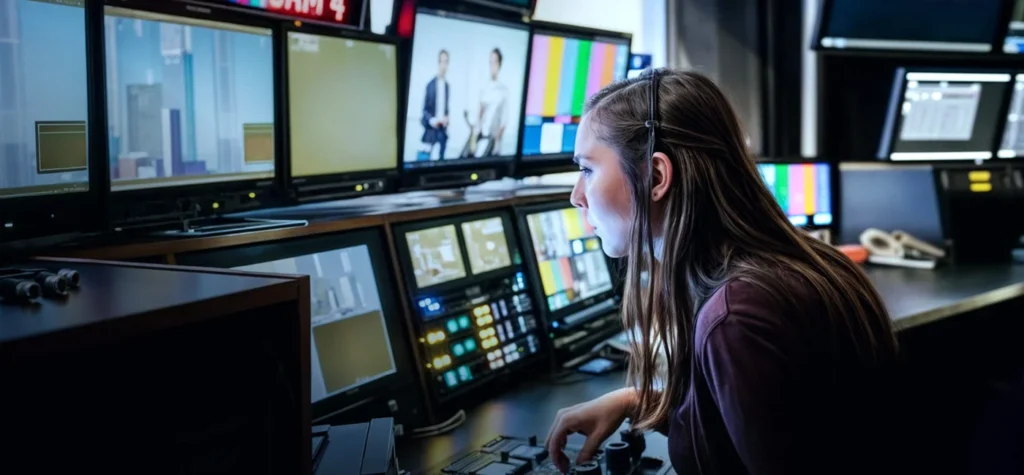
Challenges Faced in Transmission Control Rooms
TCRs encounter numerous challenges that can affect their operations:
Technical Failures: Equipment malfunctions or software glitches can disrupt broadcasts.
Signal Quality Issues: External interference and latency can degrade transmission quality.
Complexity of Systems: Integrating legacy and modern technologies can complicate operations.
Regulatory Compliance: Keeping up with changing regulations and maintaining documentation can be resource-intensive.
Cyber security Threats: Increased digital reliance makes TCRs vulnerable to cyber-attacks.
Resource Constraints: Staffing and budget limitations can strain operations.
Emergency Preparedness: Developing effective disaster recovery plans is crucial but often overlooked.
Audience Expectations: Viewers demand high-quality, uninterrupted broadcasts, adding pressure on TCRs.
Conclusion
The Transmission Control Room is essential for the efficient and effective operation of modern broadcasting. By understanding its components, roles, and challenges, broadcasters can better manage their operations and ensure high-quality content delivery across multiple platforms. As technology continues to advance, TCRs must adapt and evolve to meet the demands of a rapidly changing broadcasting landscape, ensuring that they remain at the forefront of the industry. With proactive management and investment in technology, TCRs can enhance their operational efficiency and continue to provide exceptional broadcasting experiences for audiences worldwide.
